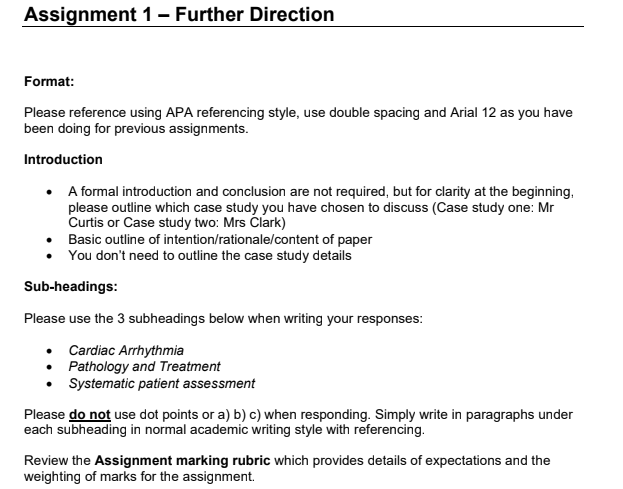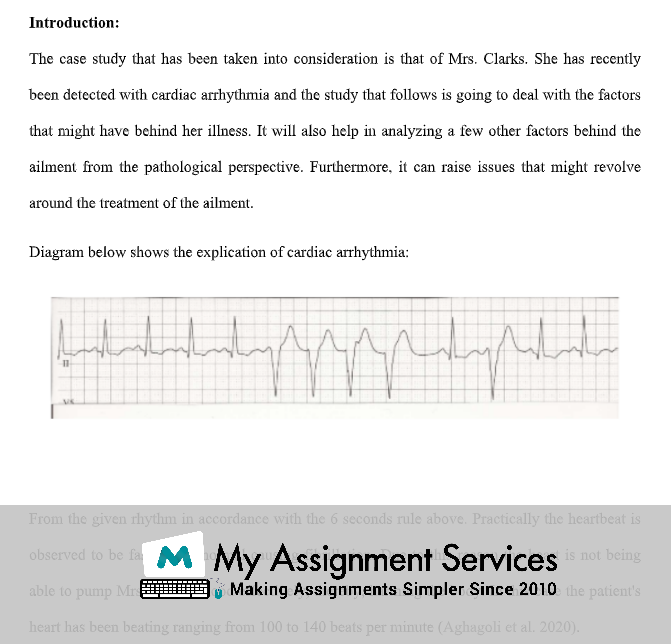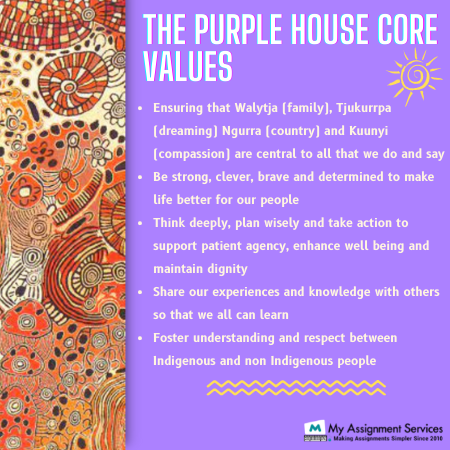
Cardiac Arrhythmia is a heart condition that causes heart palpitations; individuals with persisting conditions may feel their heartbeat rise, slow down or skip a beat. Although this is a common occurrence with the heart, you may experience the same during physical activity or illness. But a regular occurrence and a long prevalence of the condition can be a reason for underlying chronic illness.
Heart palpitations are caused due to the malfunctioning transfer of stimuli between the heart and the brain. The error in the transfer of electrical signals causes uneven heartbeats; it often may feel like your heart's fluttering or racing. Most of such cases are harmless, but sometimes they can be life-threatening. The uneven heartbeats cause the blood flow to the brain to decrease, and it may affect other organs.
Most arrhythmias are safe and may not possess any serious threat, but you must seek medical assistance if it's happening more often. Uneven heartbeats can be cured through medicines, operation or transplant. Arrhythmia has various types and causes, and the diagnosis and treatment are available and can be cured for most cases. Read forth to learn more about all the types, diagnoses, treatments and how you can write a Cardiac Arrhythmia case study.

Cardiac Arrhythmia Types
There are two major types of arrhythmia:
- Tachycardia is when the heart beats faster than the normal rate- over a hundred beats a minute.
- Bradycardia is when the heart beats slower than the normal rate- below sixty beats a minute.
Nearly 1.2 million Australians eighteen years of
age and over, which is equivalent to 6.2% of the
adult population, had a history of one or more heart
conditions, according to the self-reported data during
the National Health Survey. - ABS 2017–18
A heartbeat's origins define the type of arrhythmias and if it will cause the heartbeat to slow down or increase. Here's a list of the arrhythmias based on their origin:
- Cardiac arrhythmias originating from the atria are known as atrial or supraventricular arrhythmias. The fibrillation, flutter, and rapid heartbeats originating from the atria above the ventricle are called supraventricular tachycardia.
- Arrhythmias originating from the ventricle, including fibrillation and rapid heartbeats, are called ventricular tachycardia. Such arrhythmias are often serious and life-threatening because the ventricles pump most of the blood from the heart.
- Ventricular fibrillation is often the cause of sudden cardiac arrest, and it is fatal if not treated in a short time. Such heartbeats occur due to a failure in the heart's normal pacemaker or blockage in the conduction pathways.
- Extra beats occurring simultaneously or one at a time are called Premature heartbeats. Such heartbeats can also occur in some patterns alternating with the normal heartbeats. Such beats can originate from both the atria and ventricles.
The type of cardiac arrhythmias is based on the location of its origin in the heart. The intensity of the arrhythmia to be safe or fatal is the result of its location, fibrillation in the ventricles is fatal, and the ones occurring in the atrium are less dangerous. Each type of arrhythmia is curable, and you can measure its intensity at home through a heart detection monitor. Your Cardiac Arrhythmia case study must mention the medical condition's types and origin.
Nursing students must fulfil various course requirements, essays, reflection writing, assignments, quizzes, and case study. This coursework requires rigorous research, and you may often not find the right resources for completing your assignment. If you need help with researching or drafting your assignment, get nursing assignment help from experts from the field. Enrol today to get free academic resources and help through live guided sessions.
What are the Treatment Methods for Cardiac Arrhythmia?
A general case of heart palpitations like fluttering in the chest, racing heartbeat, slow heartbeat or even mild chest pain or shortness of breath are not some symptoms to be alarmed over. Such occurrences are common and can result from various everyday activities, such as running up a flight of stairs, sleeping, listening to your favourite song, ect.
In 2018, Over 387,000 Australians of the age 15
and over (1.3% of the population) reported that
they had experienced a stroke- ABS Survey of
Disability, Ageing and Carers,2019.
When the symptoms are severe, like, anxiety, dizziness, fatigue, sweating, trouble breathing, and loss of consciousness, you should seek medical assistance for such symptoms as these can occur due to ventricular fibrillation or a sign of cardiac arrest. There are various symptoms when the cardiac arrhythmia is mild, but a regular occurrence may also need a medical examination. When writing a cardiac arrhythmia case study, you must explore the various resources on treatment methods for arrhythmia.
Learn how to acknowledge any source of information using the APA 7th style.
Download Now
Here is the list of treatment methods for cardiac arrhythmia:
- The use of electrophysiology (EP) is a basic test performed to analyse the condition of the electrical system of the heart. It is useful in detecting abnormal heartbeats. A catheter is inserted into the right or left side of the heart, and then wire electrodes measure the heart's electric functioning through the blood vessels.
- Cardioversion is a medical procedure used to normalise the uneven heart rate in people suffering from arrhythmia. In this procedure, electric shocks are given to the heart using electrodes put on the chest. Cardioversion is possible even through medication or using an implantable cardioverter-defibrillator.
- The Medical Management of athymic includes medication, therapy, lifestyle changes, electrical tools, and surgery. Medication is used to cure abnormally fast, slow, or delayed heartbeats.
- A pacemaker is a small electronic device usually implanted in the chest cavity through surgery; it aids in regulating the low electrical signals in the heart. It is useful to ensure that the heart rate must not drop to fatally slow levels.
- A probe is inserted down the oesophagus with a built-in transducer in a transesophageal echocardiogram. Such a procedure is useful for generating detailed images of the heart. The transducer converts sound signals to create the final image as sound waves possess the property to reflect from a surface.
Atrial fibrillation is the most commonly
occurring type of cardiac arrhythmia.
Almost 6-12 million individuals globally
suffer from this condition. - WHO
The treatment procedures for cardiac arrhythmia is based on improving the heartbeat pace, on normalising too fast/slow or delayed/early heartbeats. It is important to control the palpitations in the heart. For the most harmless cases, it is done through medication, sending mild electrical signals to the heart, implanting a pacemaker, and for the worse cases, a transplant.





How to Write a Case Study?
A medical case study pursues a medical history of a patient that suffered from the illness you chose to write a case study about; like in this blog, we discussed a cardiac arrhythmia case study. The formatting, writing style, and language used for a case study are different from an essay. A case study includes the diagnosis and treatment for a specific disease; professionals from the field often use such a document to analyse similar cases.
The case study format includes the case's background, Introduction or case presentation, diagnosis, treatment, observations, future scope, and discussion. The observation and section are one of the most important as you have to write your ideas and the suggested diagnosis for the case and how it will help the patient.
Case study writing is an essential part of the curriculum for various courses. It helps students make observations based on their learning and apply them to real-life situations. If you are assigned a case study topic from the university, you must heed the requirements or discuss them with your professor, as this coursework is worth a lot of marks.
Researching for a case study can be difficult, and even if you find resource material, it can be difficult to complete a case study. Get nursing assignment help at affordable prices, and once you enrol, you will get free access to our extensive digital library. Our experts can help you through the case study writing process, fill out the form to get started.
Related Study Materials
Our Experts can answer your Assignment questions instantly.
Ask Question0 Comment
Get It Done! Today
1,212,718Orders
4.9/5Rating
5,063Experts












Loved reading this Blog? Share your valuable thoughts in the comment section.
Add comment